physics
Latest

Hitting the Books: How 20th century science unmade Newton's universe
Animaxander isn't often mentioned alongside other greats of Greek philosophy but his influence on the scientific method cannot be denied, argues NYT bestselling author, Carlo Rovelli, in "Animaxander and the Birth of Science," out now from Riverhead Books.

Hitting the Books: What if 'Up' but pigeons?
In the sequel to 2014's 'What If?' Randall Munroe returns with more scientific answers to more absurd hypotheticals.
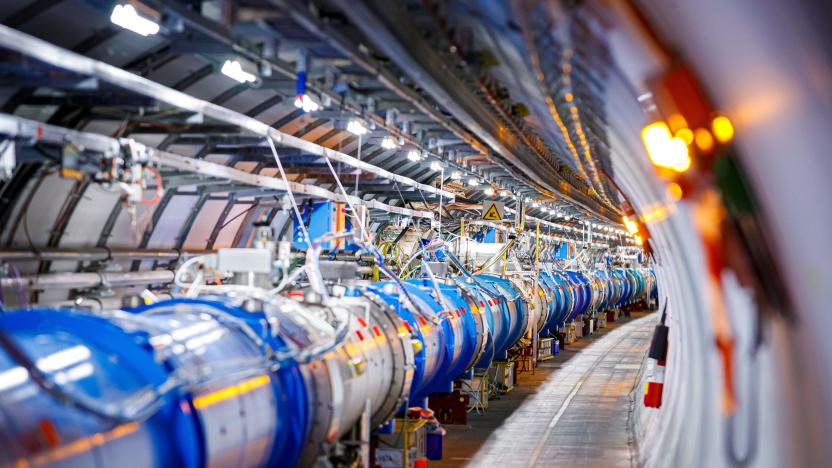
CERN is making the Large Hadron Collider's data more accessible
It's almost impossible for the organization to release raw datasets, however.

Scientists find neutrinos from star fusion for the first time
Scientists have detected neutrinos traced to star fusion for the first time, confirming physics theories dating back to the 1930s.
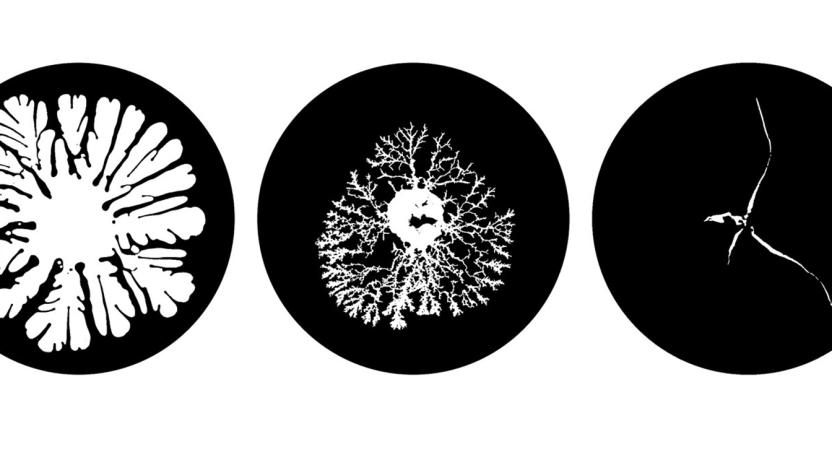
High-speed camera captures a fluid behaving like a solid
Researchers have used a high-speed camera to catch a fluid behaving like a solid, which could shape the future of engineering.
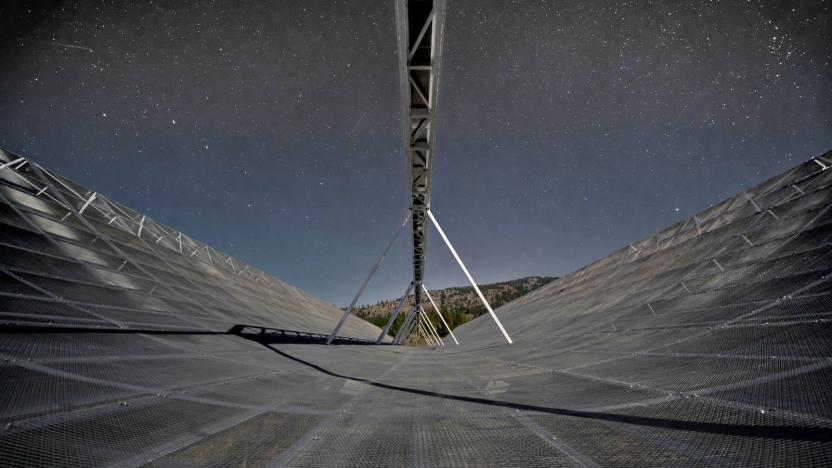
Astronomers find the first known regular pattern of fast radio bursts
Researchers have spotted the first known fast radio bursts with regular rhythm, but it's not clear what's generating them.
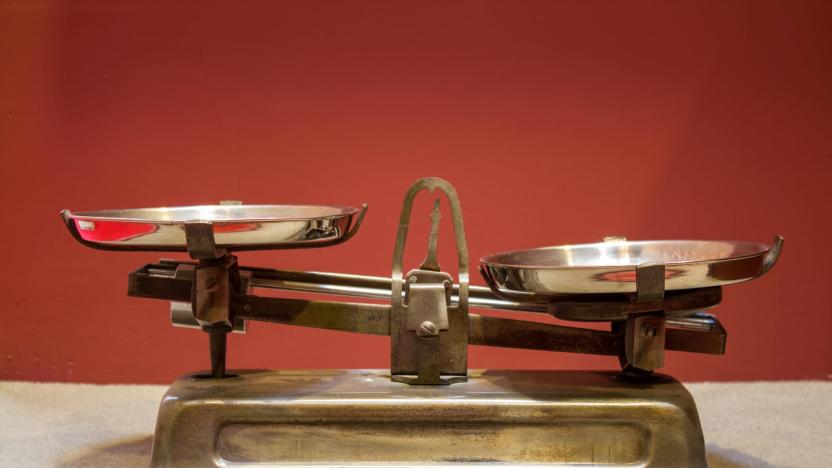
On May 20th, the kilogram will no longer be defined by a lump in France
On May 20th, World Metrology Day, the scientific community will officially change the definition of the kilogram. For 130 years, the kilo has been defined by a physical cylinder of platinum-iridium alloy, known as Le Grand K and stored in a vault outside of Paris. But every time scientists handled it, the cylinder lost atoms -- an estimated 50 micrograms over its lifetime. So, beginning Monday, the kilogram will officially be measured by a physical constant known as the Planck constant.
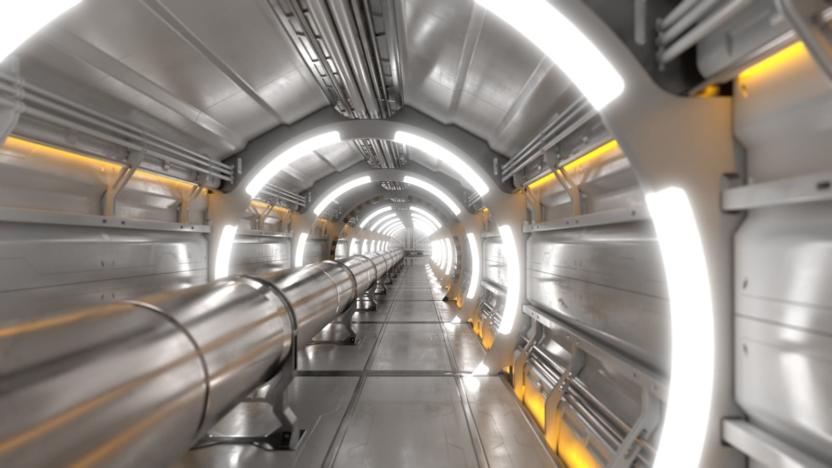
CERN plans to build a collider four times bigger than the LHC
Back in 2014, CERN sought the help of over 1,300 contributors to help it conjure up a feasible plan for a new collider much, much bigger than the LHC. Now, the research organization has unveiled preliminary designs for the project named Future Circular Collider (FCC). Based on current plans, it will make the LHC (Large Hadron Collider) look tiny in comparison: the designs are calling for a massive particle accelerator 100 kilometers or 62 miles around. The LHC is only 27 kilometers or 17 miles long. It will also be up to six times more powerful than the smaller accelerator.
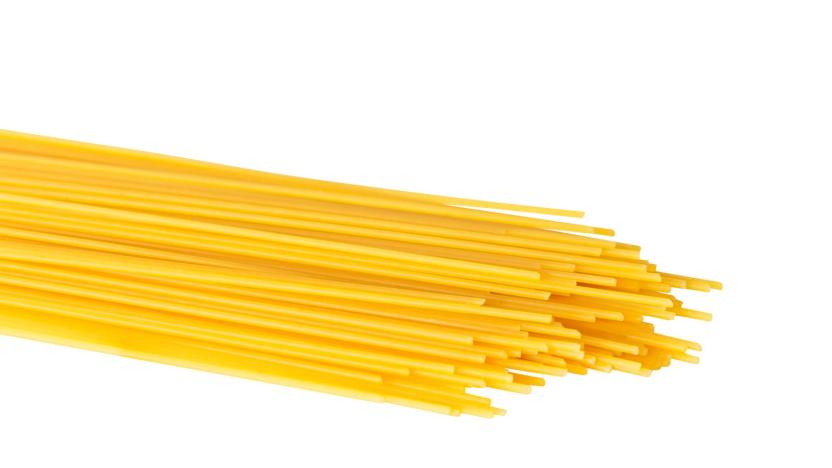
MIT leads the way in spaghetti-based innovation
Breaking dry spaghetti noodles into precisely two parts might seem impossible, but scientists at MIT have done exactly that. In a paper published in the Proceedings of the National Academy of Sciences, researchers report how they twisted the noodles first, then bent them, to produce two halves instead of the usual shattering of three or more.

Stanford's new lab could make particle accelerators 1,000 times smaller
Particle accelerators have proven vital to understanding subatomic physics, but current technology tends to make them... rather large. And Stanford is determined to address that. SLAC has started assembling a new location, FACET-II (Facility for Advanced Accelerator Experimental Tests), that could lead to accelerators 100 to 1,000 times smaller than you see today. The facility will produce ultra-high quality electron beams that should help develop new, more size- and cost-effective plasma acceleration techniques.
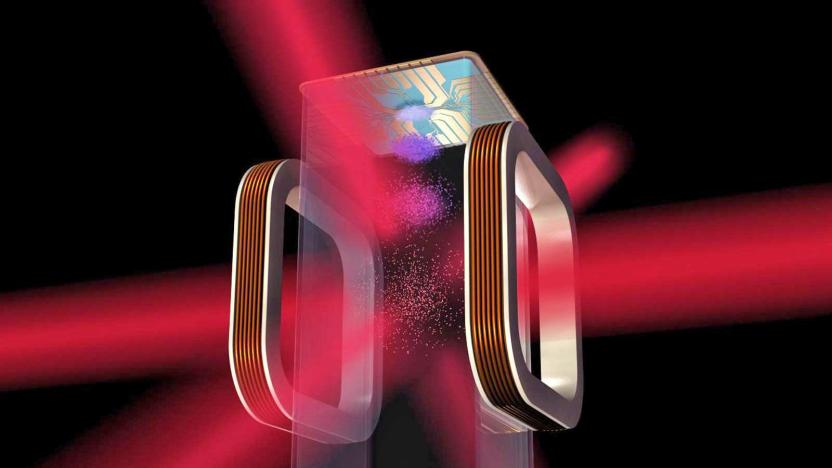
NASA will create coldest place in the universe to study quantum physics
It's hard to study quantum behavior on Earth. You can amplify the effects of quantum mechanics by zapping groups of specific atoms (Bose-Einstein condensates) with lasers that drop their temperature to near absolute zero, but that only works for fractions of a second before gravity invariably takes over. NASA's solution? Create the coldest known place in the universe. The agency just launched the Cold Atom Lab, a box that takes advantage of microgravity aboard the International Space Station to keep condensates in that ideal state for much longer.
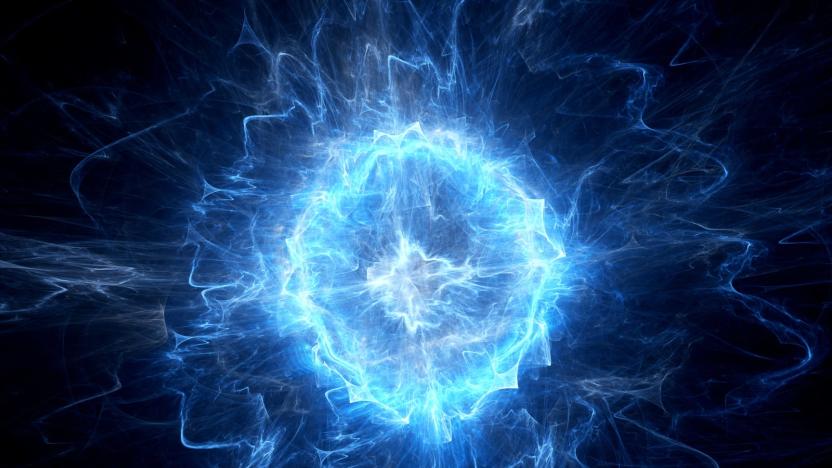
Tangled 'particle' helps scientists model rare ball lightning
Ball lightning (those bright spheres of light during some thunderstorms) remains mysterious despite decades of study. But how are you supposed to get a better look at it in a lab? Researchers might have discovered how through a happy accident: create a tangled atomic mess. They created a Shankar skyrmion, a quasiparticle whose artificial magnetic field, it turns out, mimics the electrical and magnetic fields of ball lightning. The team applied a magnetic field to a Bose-Einstein condensate (a state of matter for boson gas cooled to near absolute zero), in this case made of rubidium, to get the atoms to spin along the surface of a ball yet twist inside that ball.
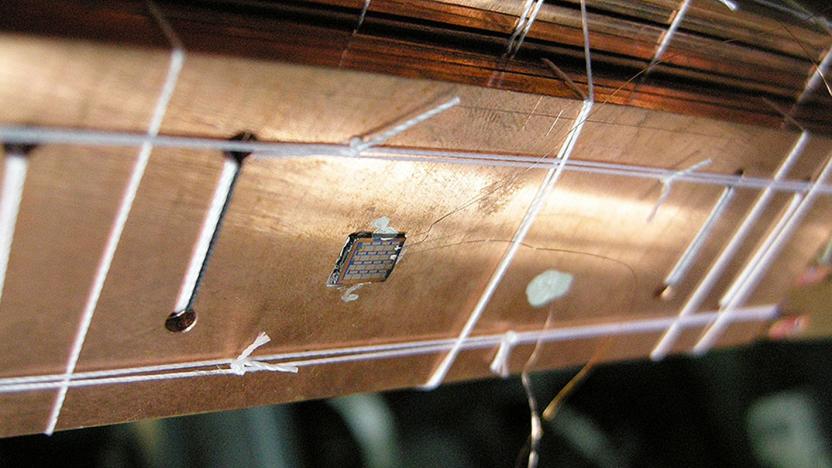
World's coolest chip runs at near absolute zero
How do you find out what happens to physics near absolute zero (aka 0 kelvin), the temperature where particle motion virtually stops? Scientists at the University of Basel might have just the device to do it. They've developed a nanoelectronics chip that they can successfully cool to a record-setting, bitterly cold 2.8 millikelvin. The trick involved a clever use of magnetic fields to eliminate virtually all sources of heat.

‘Session’ doesn’t care about your pro-skater high scores
There hasn't really been a good skateboarding game since Skate 3 in 2010. Don't even try to mention Tony Hawk 5, either: that game was awful. Session, an upcoming skateboarding simulation game by Crea-ture Studios, aims to change that with a neat-looking dual-stick title that focuses on using physics to pull off cool, realistic tricks. If funded, Session will be available for Xbox One and Steam — sorry PS4 fans, this one isn't for you.
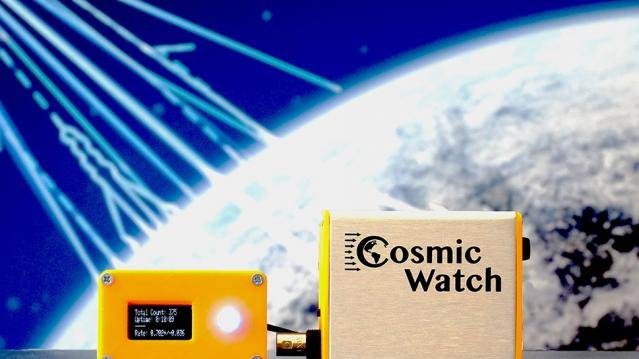
MIT's DIY muon detector sniffs out cosmic particles
Scientists at MIT have designed a pocket-sized muon detector that can be easily made with common electrical parts, meaning anyone can kit themselves out with legitimately-functional Ghostbusters-esque gear for less than $100. The device detects the charged particles -- muons -- that come from the high-energy cosmic rays blasted from supernovae beyond the solar system. These particles last only a fraction of a second but can be found in every layer of the planet's atmosphere, with some even penetrating the Earth's surface and burrowing into rock and ice.

Corkscrew light beams could lead to practical quantum computers
Who said light only had to travel in boring waves or particles? Not Harvard. Its researchers have found a way to spin light into complex states that promise breakthroughs in multiple fields. They've built metasurfaces whose elaborate optics combine two kinds of light momentum (orbital angular and spin angular) to send light into corkscrews, spirals or even fork-like shapes. If you want to change the light state, you just need to change the polarization of that light.

World's quickest laser pulse can track electrons in slow motion
The race to produce ever-faster laser pulses has set a new record, and it could lead to breakthroughs in our understanding of atom-level physics. A team at ETH Zurich has shortened an X-ray pulse to just 43 attoseconds (10-18 seconds), which is quick enough that you can observe electrons moving in slow motion. That, in turn, makes it realistic to study extremely fast processes, such as the formation of chemical bonds or the creation of electricity in solar cells.
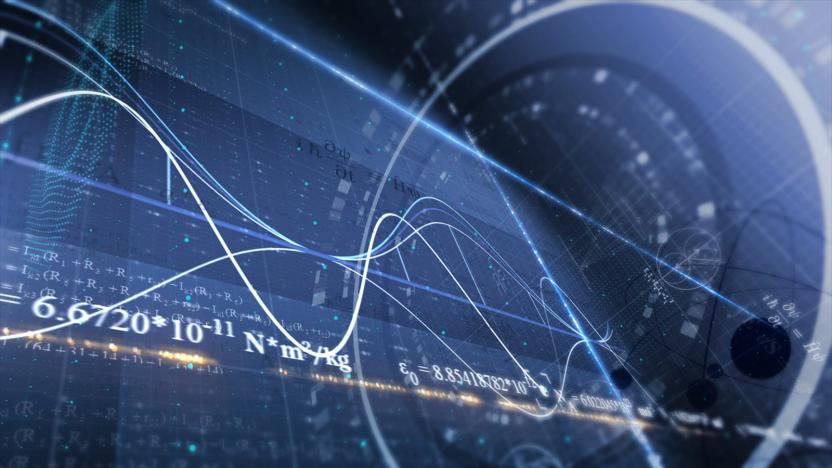
Why scientists are redefining the kilogram
Physics is a funny thing. Despite dictating the behaviors and states of everything from atoms to stars, our interpretation of its effects are rooted in very human constructs. Meters, amperes and seconds were all defined using arbitrary terms and methods. For years, the kilogram and meter weren't just terms, they were physical objects held in a Paris vault that some Victorian-era committee just decided would be the standard. But now, for the first time since the international system of units (SI) was launched in 1960, the International Bureau of Weights and Measures (BIPM) is redefining four basic units of measurement, not by any human metric but by the immutable forces of the universe. "This is the most important decision that the BIPM has made in maybe 100 years, which may be a slight exaggeration, but at least since 1960 when they adopted the international system of units," Dr. Terry Quinn, emeritus director of the BIPM, said. A committee from the BIPM met in Paris this week and voted on Friday to recommend redefining the kilogram, mole, ampere and Kelvin. The motion will be put up for a vote at the General Conference on Weights and Measures (CGPM) next November. "For the scale that's in your grocery store or bathroom, nothing's going to change," Dr. David Newell of the National Institute of Standards and Technology (NIST) said. Instead, as Dr. Quinn explains, "it will give you the ability to make accurate measurements on scales far different from the current scale."

Nobel Prize for Physics awarded to gravitational wave scientists
The 2017 winners of the Nobel Prize for Physics were announced today. One half of the prize will go to Ranier Weiss from MIT, while the other half is being awarded jointly to Barry C. Barish and Kip S. Thorne, both from Caltech. The three scientists worked on gravitational wave observation, collaborating between the Laser Interferometer Gravitational-Wave Observatory (LIGO) and Virgo, its European counterpart. The prize was awarded "for decisive contributions to the LIGO detector and the observation of gravitational waves," according to the Nobel Prize website.

Work starts on a massive underground neutrino experiment
Neutrinos are notoriously difficult to understand, but work is underway to know them a little better. Researchers have officially broken ground on the Long-Baseline Neutrino Facility, the home to the international Deep Underground Neutrino Experiment. When it's finished 10 years from now, the South Dakota project will be the largest-ever US experiment built to study the subatomic particle -- teams will remove 870,000 tons of rock to create the caverns needed for the facility's centerpiece liquid argon detector. All that excavation should pay off, though, as it promises to shed light on some of the mysteries of the universe.







